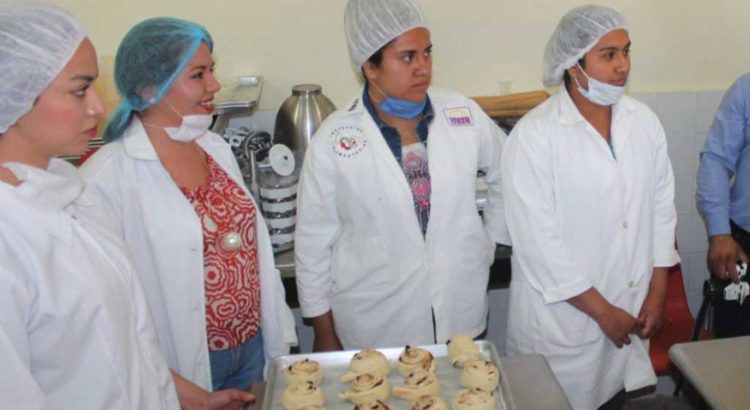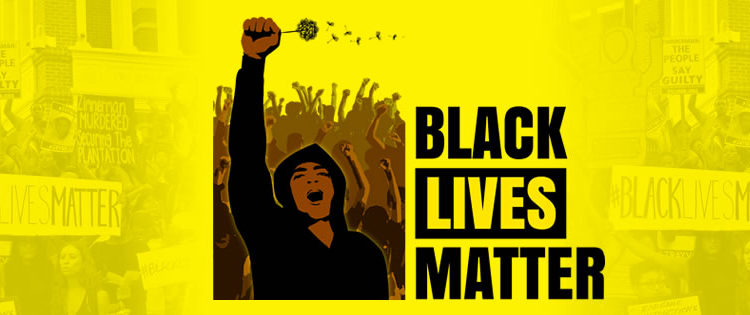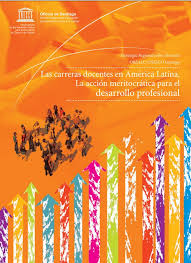“La escuela al centro” dice el eslogan publicitario. Lo que realmente se ha puesto al centro en materia educativa es el mercado. Dinero de los ciudadanos será entregado a fideicomisos privados que administrarán la Corporación Mexicana de Inversiones de Capital y el Banco Invex. La educación básica pública será historia, como ya ocurrió en Chile y otros países que han adoptado el mismo modelo
Cuando el pueblo boliviano, con Evo Morales a la cabeza del gobierno, impulsó la nueva ley que regiría la educación del Estado Plurinacional de Bolivia en 2010 se enfrentó a las condiciones deplorables y de abandono físico en que recibió las escuelas del país, tras varios años de gobiernos neoliberales que las habían entregado a los padres de familia para su manutención.
En el caso chileno las medidas de participación social recomendadas por Milton Friedman para el financiamiento escolar han derivado en la extinción de las escuelas públicas: ahora son predominantes los colegios totalmente privados y otros que, si bien son parcialmente subvencionados de distintos modos por el Estado, son administrados por corporativos empresariales; en cualquiera de los casos los padres y madres de familia siempre tienen que hacer aportaciones económicas extraordinarias para completar el sostenimiento de la educación de sus hijos.
 El mismo destino ha tenido la escuela pública en los países de América Latina que han seguido las orientaciones de los ideólogos del neoliberalismo y no será diferente para México, a juzgar por el modelo “la Escuela al Centro”, que con pocas novedades en el contexto continental presentó la Secretaría de Educación Pública (SEP) el pasado 25 de enero. En la propia realidad nacional es una modalidad renovada de la vieja fórmula privatizadora que apareció por primera vez en la reforma educativa de 1993 como “participación social”.
El mismo destino ha tenido la escuela pública en los países de América Latina que han seguido las orientaciones de los ideólogos del neoliberalismo y no será diferente para México, a juzgar por el modelo “la Escuela al Centro”, que con pocas novedades en el contexto continental presentó la Secretaría de Educación Pública (SEP) el pasado 25 de enero. En la propia realidad nacional es una modalidad renovada de la vieja fórmula privatizadora que apareció por primera vez en la reforma educativa de 1993 como “participación social”.
El programa vertebral de este nuevo modelo ha sido llamado “Escuelas al CIEN” y es sumamente agresivo para la gratuidad educativa; digamos que se constituye como el mecanismo por excelencia para desarticular el carácter público de la educación. Detrás de la expresión popular que lleva su nombre, haciendo referencia al desarrollo del máximo potencial, en este caso de las escuelas, está el aterrizaje del proyecto empresarial certificados de infraestructura educativa nacional (CIEN).
Para recibir los certificados de infraestructura, las entidades federativas o estados, están obligados a signar un “convenio de colaboración y coordinación para la potenciación de recursos del Fondo de Aportaciones Múltiples”; previamente, los empresarios han diseñado para el gobierno de México un “fideicomiso” administrado por la iniciativa privada a través de la Corporación Mexicana de Inversiones de Capital, SA de CV, encargada del “fideicomiso de emisión” y Banco Invex encargado del “fideicomiso de distribución”.
En la cláusula segunda del citado convenio, las entidades federativas facultan al gobierno federal para que entregue de manera directa los recursos económicos del Fondo de Aportaciones Múltiples (FAM) que son para infraestructura educativa, no a las arcas públicas de sus estados, sino al Fideicomiso de Emisión; es decir, aprueban transferir recursos del pueblo al sector empresarial, para que sean administrados por ellos.
Aunque no se utiliza la palabra “deuda”, la operación de “Escuelas al CIEN” obliga a los estados a hipotecar por 25 años sus recursos para infraestructura educativa a Banco Invex, quizás la financiera más grande de América, misma que respalda las tarjetas crediticias de los principales bancos que operan en México y de otras empresas, tales como Volaris y la cadena de tiendas departamentales Liverpool. No hay duda: adquirir certificados de infraestructura es endeudamiento y sumirá más al país en su larga trayectoria de desfalcos que sólo han beneficiado a la corrupta élite política.
Las “Escuelas al CIEN” plantean otros mecanismos de privatización; en su “Normatividad, disposiciones, lineamientos y guía operativa” se establece como requisito la obligación de los Consejos de Participación Social para que sean los padres de familia, y no los docentes, los responsables de la gestión y seguimiento del programa. Una vez culminadas las obras de infraestructura, también se harán cargo del mantenimiento escolar, ya sin ningún apoyo económico, según se indica textualmente en este mismo documento “…con la finalidad de organizar aquellos trabajos de mantenimiento preventivo y menor de las instalaciones escolares, los cuales por su sencillez y bajo costo son susceptibles de ser realizados por los integrantes de la comunidad”.
En realidad, no hay un ejercicio de presupuesto participativo porque las decisiones de su aplicabilidad son con base en el diagnóstico que presenta unilateralmente el Instituto Nacional de Infraestructura Educativa (INFED), sin tomar en cuenta a la comunidad escolar. De ese modo observamos decisiones erradas que no consideraron a las escuelas de carencias agudas, las que de verdad no cuentan con nada, pero aparecen aquellas cuya visibilidad pueden redituar capital político al señor Aurelio Nuño, secretario de Educación Pública.
La verticalidad de “Escuelas al CIEN” inhibe los procesos de autorganización comunitaria y de gestión democrática desde la verdadera autonomía; no posibilita la participación de las personas con oficios en la comunidad, barrio o colonia ni el desarrollo de la economía local y solidaria entre familias. Su extremada burocratización reduce la intervención de los padres de familia a la gestión administrativa y la celebración de contratos de construcción para entregar recursos económicos al sector empresarial; eso, más que autonomía de gestión, es control social, privatización y desviación del dinero público.

Para que los dineros del programa no sean “mal gastados”, la normatividad permite al INFED “celebrar acuerdos y convenios con asociaciones civiles, fundaciones, patronatos y/o instituciones educativas, a efecto de sumar esfuerzos y colaborar en el incremento de planteles educativos a beneficiar”, lo que implica carta abierta para que en esta iniciativa, de por sí contaminada de intereses lucrativos, grupos como Mexicanos Primero –que han diseñado planes de acompañamiento y asesoría para la rendición de cuentas– interfieran en los Consejos de Participación Social para que no haya desviaciones que no tengan como último destino la economía de los empresarios.
Si bien la normatividad de “Escuelas al CIEN” exige, tan sólo como requisito, la acreditación de la propiedad donde se llevará a cabo el programa, en la vía de los hechos los maestros y padres de familia han denunciado que se ha estado solicitando el resguardo de los documentos de propiedad originales, lo que por naturaleza genera desconfianza porque implicaría hipotecar las escuelas y el riesgo de que en el mediano plazo pasen a ser propiedad privada; ésta no es una simple especulación, sino que se fundamenta en la experiencia de otros países donde se ha instrumentado este mismo mecanismo de despojo del patrimonio público.
La SEP no está poniendo la escuela al centro, sino el mercado: el interés privado de una oligarquía que asedia la escuela pública; de frente a esta amenaza debe resurgir la conciencia nacional para defender la gratuidad educativa. No es suficiente remembrar un aniversario más de la Constitución y menos cuando sus principios están siendo violentados, por eso me sumo a la propuesta de un nuevo Constituyente Popular que recupere la soberanía a nuestro país, pero también me adhiero al esfuerzo que varios investigadores y académicos, conjuntamente con la Coordinadora Nacional de Trabajadores de la Educación (CNTE) están convocando para encontrarnos en un gran Diálogo Nacional por la Educación hasta construir un modelo educativo desde sus actores, desde las necesidades más sentidas de los mexicanos.
Lev Moujahid Velázquez Barriga*
*Doctor en Pedagogía Crítica y Educación Popular, miembro de la CNTE en Michoacán
















 Users Today : 41
Users Today : 41 Total Users : 35460582
Total Users : 35460582 Views Today : 58
Views Today : 58 Total views : 3419540
Total views : 3419540